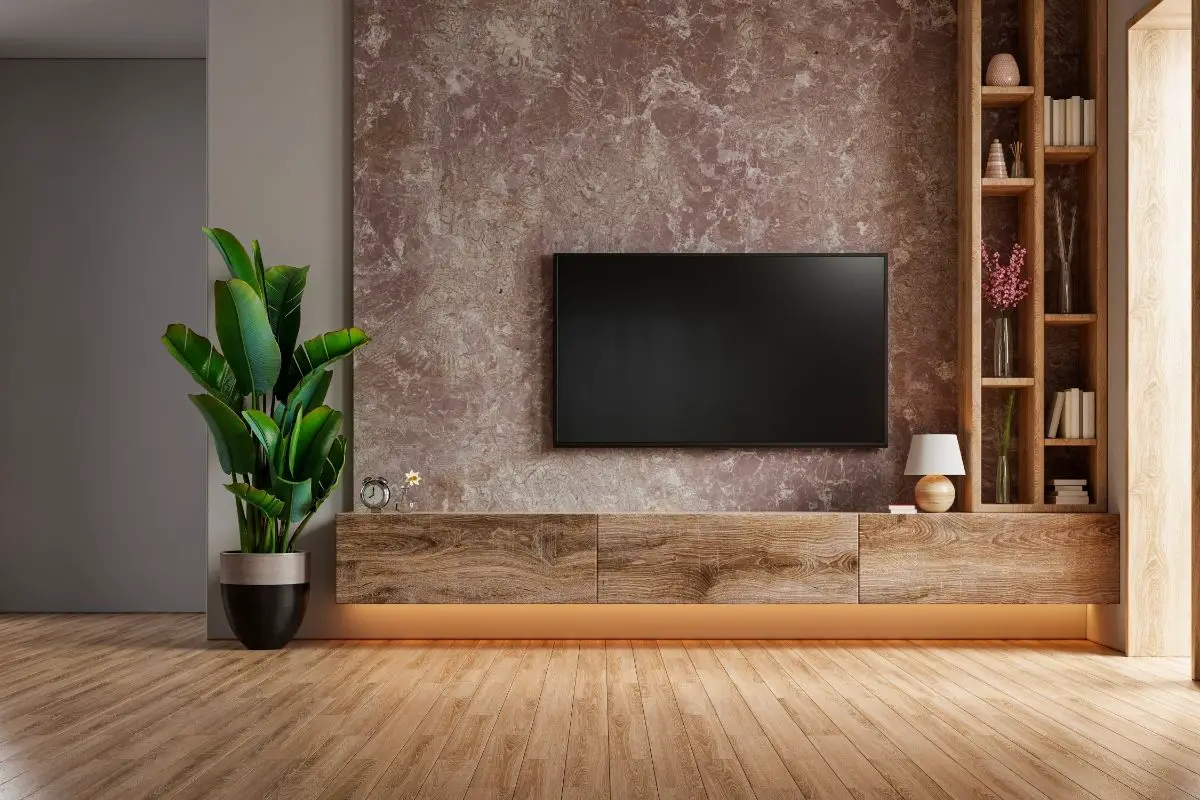Looking to upgrade your home theater audio system? Our guide on how to choose the right audio system for your home theater setup will help you make an informed decision.
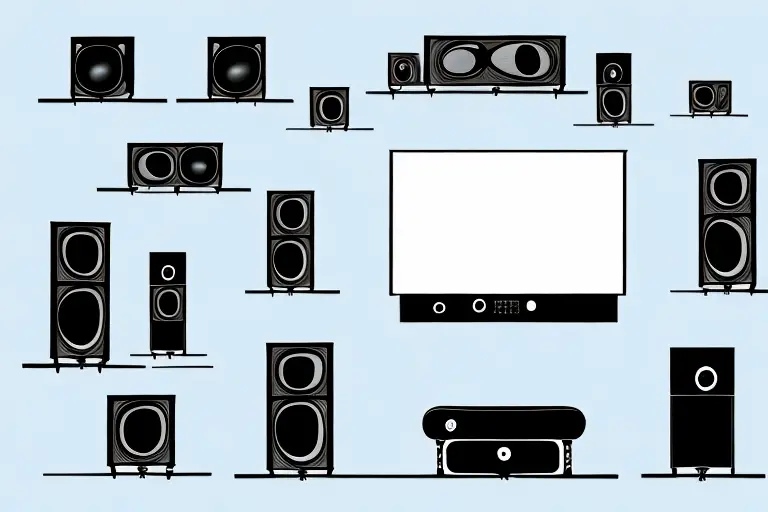
Creating a thrilling home theater experience depends on multiple factors, with audio quality being paramount. The right audio system can enhance the immersion of a movie or TV show, making you feel like you’re part of the action. However, choosing the right audio system for your home theater setup can be complicated, with so many options available on the market. To make things easier for you, we’ve put together a guide to help you pick the right audio system for your home theater.
Understanding the Basics of Home Theater Audio
Before you jump into the vast world of audio systems, it’s essential to understand the primary audio formats that exist. The two primary formats are stereo sound and surround sound. Stereo sound is the basic audio experience that delivers sound to two speakers, with the left and right channels producing all the sound. On the other hand, surround sound offers a more immersive experience by delivering different sounds to different speakers in the room.
Surround sound formats come in different configurations, with 5.1 and 7.1 being the most popular. The 5.1 configuration consists of front-left, center, and front-right speakers, two rear speakers, and one subwoofer. This configuration offers an immersive audio experience that can make you feel like you’re in the middle of the action. The 7.1 configuration, on the other hand, adds two additional speakers to the 5.1 setup. These two speakers are positioned at the midpoints between the front and rear speakers, creating an even more immersive audio experience.
Soundbars vs. Traditional Speaker Systems
If you’re looking for a compact and easy-to-use audio system, a soundbar might be the perfect choice for you. Soundbars are slim, compact speaker systems that can enhance your home theater experience without taking up too much space. They come with multiple built-in speakers, which produce better sound than your TV’s built-in speakers. However, soundbars tend to be less powerful than traditional speaker systems and may not deliver the best surround sound experience.
If you’re looking for high-quality sound and an immersive audio experience, a traditional speaker system might be the better option. These systems come with separate speakers that produce quality sound. Such speaker systems are ideal for large spaces and places where high-quality sound is critical. They also offer more features and customization options, but they take up more space.
Wired vs. Wireless Audio Systems
When it comes to audio systems, you have two options: wired and wireless. Wired audio systems offer better sound quality than wireless systems since data transmission is faster and has better bandwidth. However, they require a lot of wiring, especially if you’re going for a 5.1 or 7.1 configuration. This can be a hassle, especially if you’re not tech-savvy.
Wireless systems, on the other hand, are more convenient and easy to install. They offer more flexibility, allowing you to move the speakers around without worrying about wires. However, they may experience interference, which can affect the quality of sound delivered. Additionally, wireless systems may not be as powerful as wired systems, which can impact the overall audio experience.
In conclusion, the type of audio system you choose depends on your needs and preferences. If you’re looking for a compact and easy-to-use system, a soundbar might be the perfect choice for you. If you’re looking for high-quality sound and an immersive audio experience, a traditional speaker system might be the better option. Similarly, if you’re looking for convenience and flexibility, a wireless system might be the best choice for you. However, if you’re looking for the best sound quality, a wired system might be the way to go.
Assessing Your Home Theater Space
Choosing the right audio system for your home theater depends on the space where you plan to set it up. Here are a few considerations that are essential when assessing your home theater space:
Room Size and Layout
The size of your room will determine the size and power output of your audio system. A large room will require a high-output system to ensure that the sound carries throughout the room. Similarly, the layout of the room will determine speaker placement, which can affect the quality of sound delivered.
When considering the layout of your room, it’s important to think about the placement of furniture and other objects that may obstruct the sound. For example, a large bookshelf or a piece of artwork may look great in your home theater, but it could also block sound waves from reaching certain areas of the room. Make sure to leave enough space around your speakers and other audio equipment to ensure that the sound can travel freely throughout the room.
Acoustic Considerations
When it comes to creating the perfect audio experience in your home theater, the materials in the room can make a big difference. Hard surfaces, such as tile or hardwood floors, can cause echoes and make the sound feel less clear. Soft surfaces, such as carpeting and curtains, can help absorb sound and reduce echoes.
If you have a lot of hard surfaces in your home theater, you may want to consider adding some acoustic panels to the walls. These panels are designed to absorb sound waves and reduce echoes, creating a more balanced and natural audio experience. You can also add area rugs or curtains to help absorb sound and improve the acoustics of the room.
Seating Arrangements
The location and number of seats in the room will determine where you place the speakers. The speakers should be directed toward the audience’s primary position, offering the best quality of sound to the people in that position.
When choosing your seating arrangements, it’s important to think about the viewing experience as well as the audio experience. Make sure that everyone in the room has a clear view of the screen, and that the seats are positioned at a comfortable distance from the screen. You may also want to consider adding some comfortable seating options, such as recliners or a sectional sofa, to create a cozy and inviting atmosphere in your home theater.
By taking these factors into consideration, you can create a home theater space that offers the perfect audio and visual experience for you and your family. Whether you’re watching a movie, playing a video game, or listening to music, the right audio system can make all the difference.
Choosing the Right Speakers
Choosing the right speakers is crucial since they deliver the sound you hear. The speaker’s quality affects the sound’s clarity and volume, and you should consider the speaker type, placement, and matching to your audio receiver.
Types of Speakers
There are several types of speakers on the market, including floor-standing, bookshelf, and in-wall speakers. Floor-standing speakers offer more power and depth but take up more space. Bookshelf speakers are compact and can fit into tight spaces, but they have less power compared to floor-standing speakers. In-wall speakers offer a sleek and discreet setup, but they deliver less power and may still take up floor space if built into the wall.
Speaker Placement
Speaker placement is essential since it determines the quality of sound delivered. Generally, speakers should be placed equidistant from the primary seating position and directed towards the viewer. For surround sound experiences, the rear speakers should be located behind the viewers, while the front speakers should be placed in front of them. The center speaker should be placed at the center of the screen to ensure that the dialogue sounds clear.
Matching Speakers to Your Audio Receiver
Matching your speakers to your audio receiver is crucial since mismatched components may not work well together. The receiver’s power output determines the power requirements for the speakers you need. A high-output receiver requires high-output speakers, while a low-output receiver may require low-output speakers. To ensure that you get the best results, buy speakers from the same manufacturer as your audio receiver.
Selecting an Audio Receiver
An audio receiver is the heart of your audio system. It receives audio signals from different sources and amplifies them to the speakers, making them audible. Here are some considerations when selecting an audio receiver:
Power Requirements
The power requirements of an audio receiver are essential since they determine the input and output capabilities. The power output of an audio receiver is measured in watts per channel. The higher the watts per channel, the more power the receiver can deliver to the speakers.
Connectivity Options
The connectivity options of an audio receiver are essential since they determine the sources of audio signals you can connect. Audio receivers come with different types of inputs and output options, including HDMI, Optical, and RCA inputs, and speaker wire outputs.
Additional Features and Functions
Additional features and functions, such as Wi-Fi, Bluetooth connectivity, and smart home capabilities, can enhance your audio experience. If you’re into streaming music, consider an audio receiver with built-in Wi-Fi and Bluetooth to stream music from your phone or PC.
Conclusion
Choosing the right audio system requires careful consideration of several factors, including the room size and layout, the speaker type and placement, and the audio receiver’s power requirements and connectivity options. Decide what is essential for you, and then research different products that meet your needs. This way, you’ll be able to select an audio system that delivers high-quality sound that matches your home theater setup.
- How Do I Connect My Samsung Soundbar To Bluetooth? - February 5, 2024
- How To Connect Soundbar To TV With Optical Cable? - February 5, 2024
- How to Choose the Right Audio System for Your Home Theater Setup - April 25, 2023


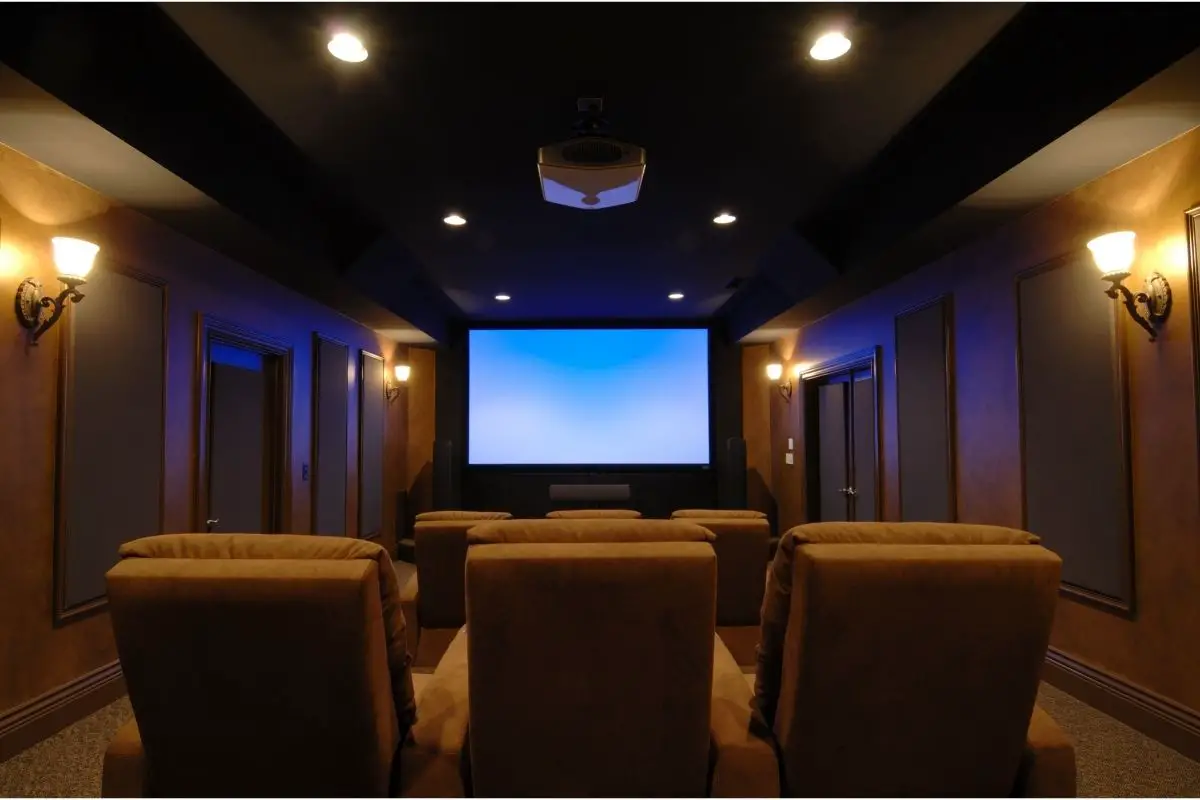
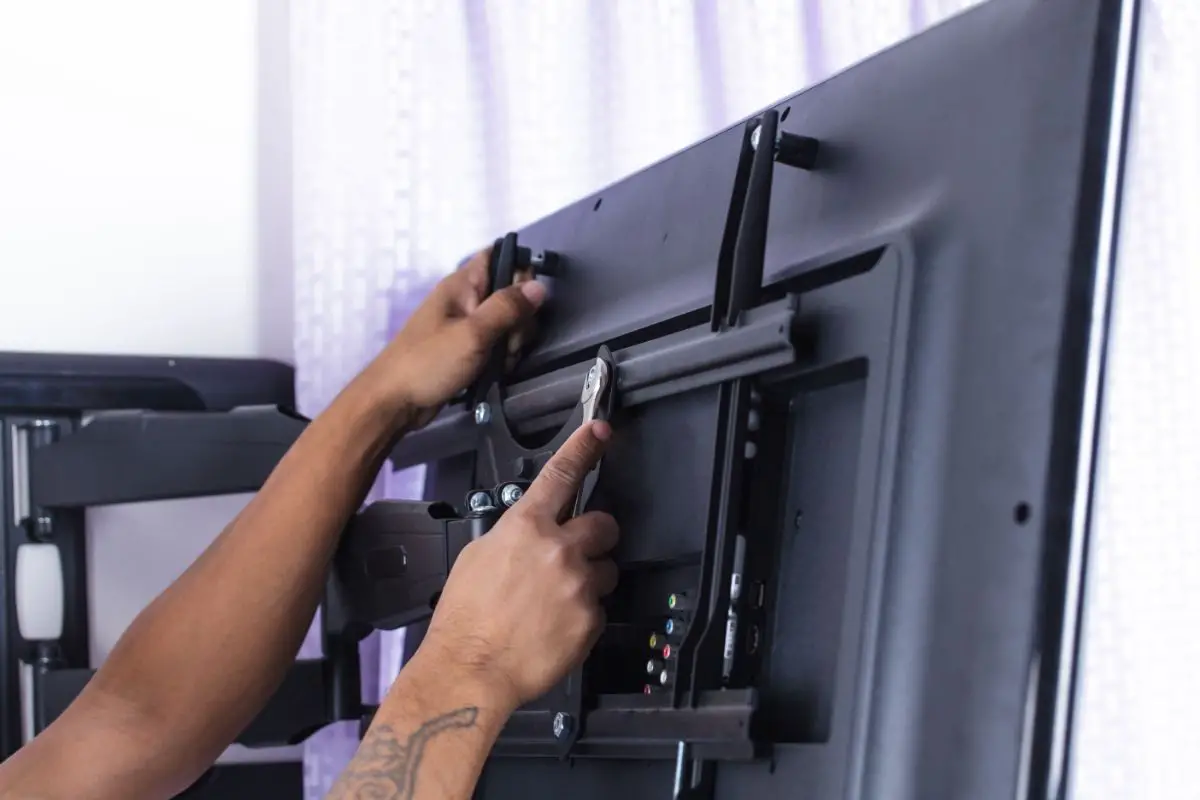


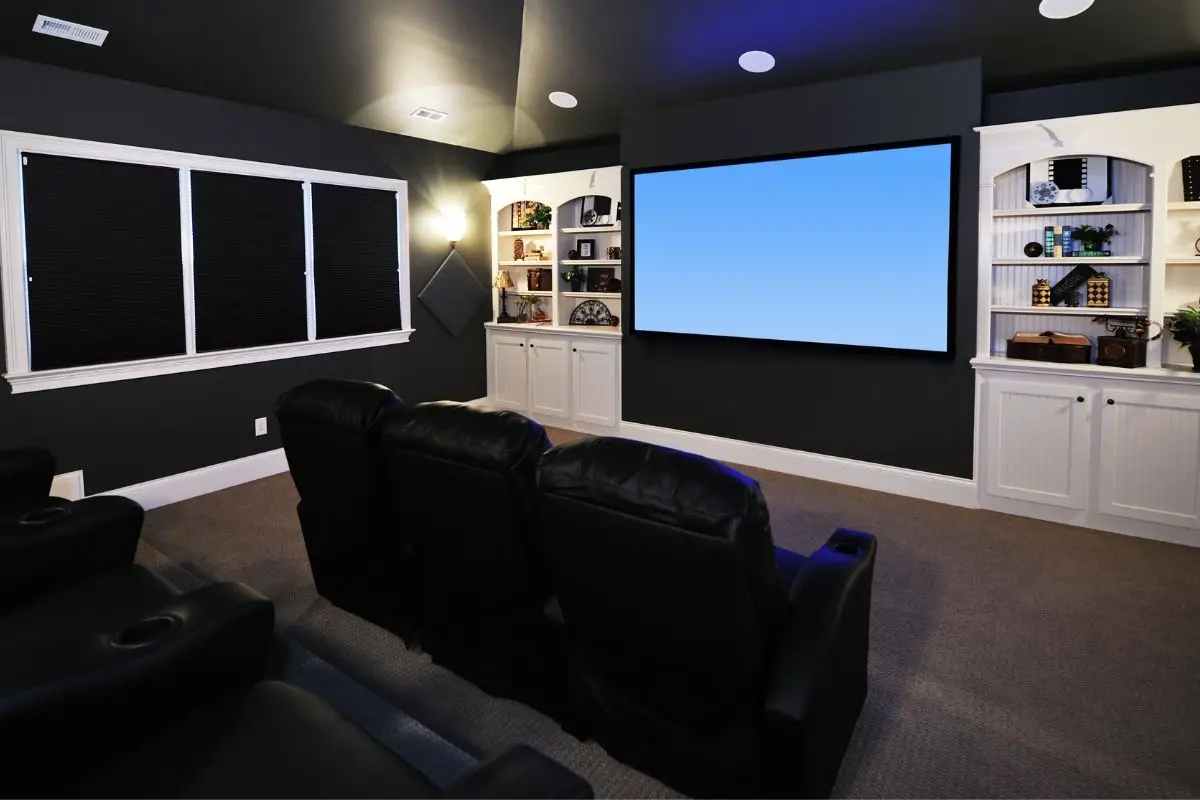
![Bose Soundbar Remote Not Working? [Quick Fix Guide] bose soundbar](https://www.cinemaequip.com/wp-content/uploads/2022/07/bose-soundbar-1-150x150.jpg)
